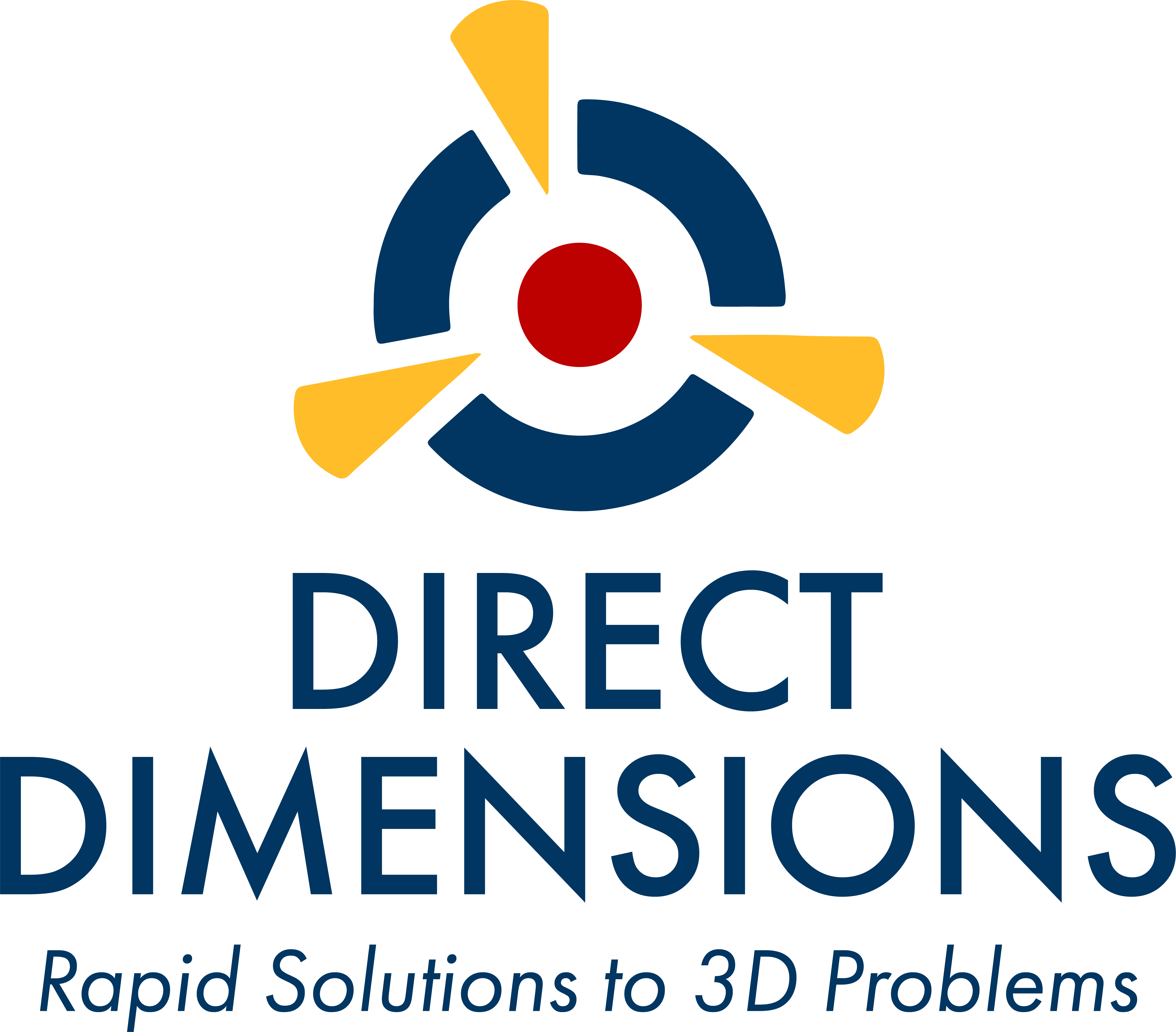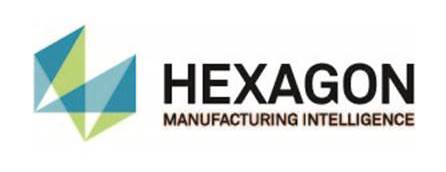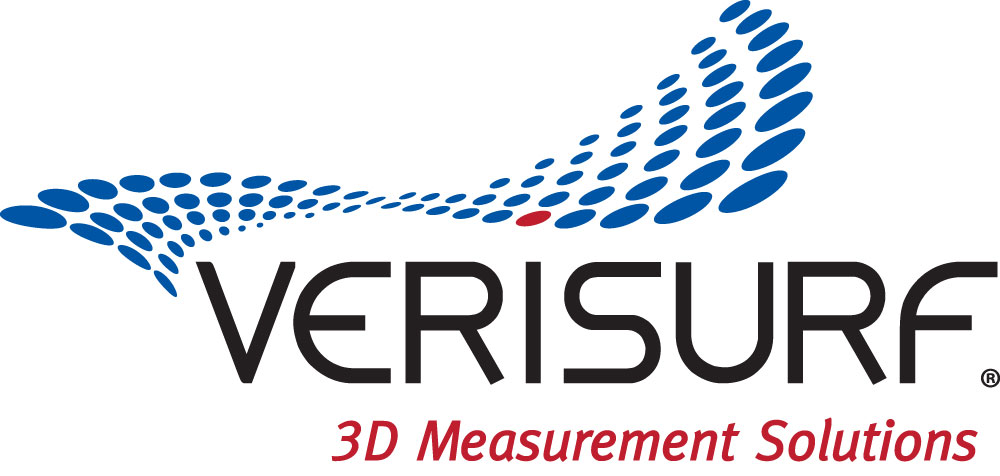
|
Download Members: $0.00 Non‑Members: $75.00 |
Buy Now |
Publication Details
| Published Date: | |
|---|---|
| Authors: | John R. Troll, Ron Schulze |
| Company: | CMSC |
| Print Format: | Technical Paper |
| Citation: | John R. Troll, Ron Schulze, "Measurement Techniques Used to Boresight, Flight Qualify, and Align the 2-Meter High Gain Antenna for NASA’s New Horizons Mission to Pluto," The Journal of the CMSC, Vol. 1, No. 1, Summer 2006 |
Abstract
It takes a large antenna to send data over billions of miles. This article presents how the New Horizons antenna was developed, as well as some interesting lessons learned from the use of differing metrology techniques. Measurements were made on a 2.1-m High Gain Antenna (HGA) that launched aboard NASA’s New Horizons Pluto-bound observatory in January 2006. These measurements included boresighting, surface profiling, mechanical thermal distortion, and alignment to the spacecraft. Various techniques were used, including optical cube vector metrology, coherent laser radar, close-range digital photogrammetry, and multiple-theodolite coordinate measurements. After providing some background on the HGA, this article introduces the overall measurement plan and results. Based on the measurement approaches taken, certain assumptions are explored and the suitability of the differing techniques is examined.






